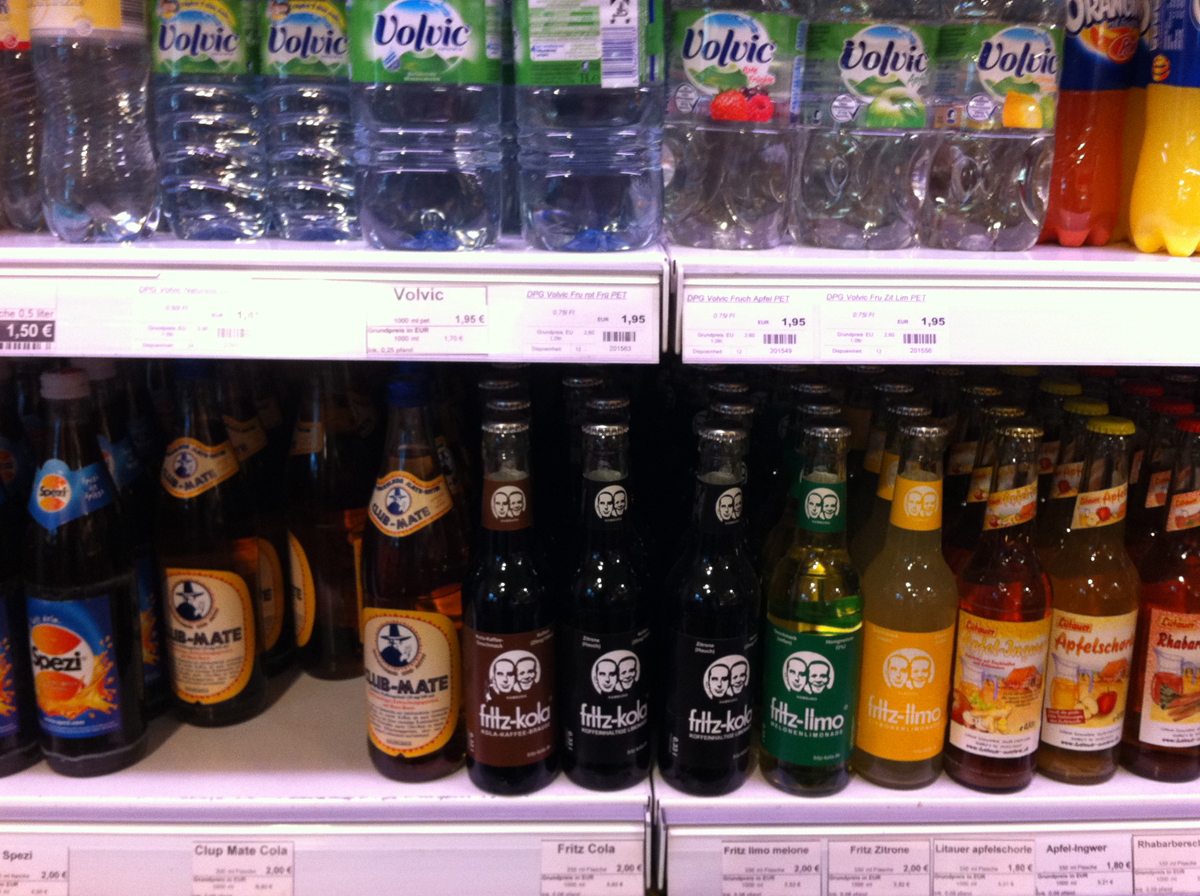Adieu Bionade – what’s the next big thing? – Comment
At the height of Bionade’s success, you could be forgiven for thinking that Germany’s youth had seen the light: they could enjoy a soft drink while saving the planet. Bionade was politically correct, environmentally friendly, almost healthy (well, it was still a soft drink) and ultra cool. After all, Bionade had put mortal fear into Coca-Cola’s executives that they launched their own healthier version of a soft drink called The Spirit of Georgia in 2008.
The Spirit of Georgia did not do well. It floundered as did many other Bionade me-toos. Strangely, not a single eco-lemonade managed to benefit from Bionade’s downward slide.
Which was a puzzle: Had Bionade’s core users just grown tired of an over-exposed brand or had they got fed up with the organic-bla-bla itself?
Looks like the latter is the case.
We are not young enough to know everything, so we sent our scouts to Hamburg, whose affluent consumers had once made Bionade a run-away success.
They reported back to us that the smartphone generation does not seem to give a toss about healthy beverages any longer. If they want to have a healthy drink, they drink mineral water or "schorle" (a water cum fruit juice mix).
Now if they want to treat themselves to something nice they go for the full monty: lots of caffeine, as provided by Fritz-Kola and Club Mate, currently being considered the "hottest" soft drink brands among youth’s peers.
Admittedly, our market research may have been a bit pedestrian, and literally so, as we had asked our scouts to suss out Hamburg’s kiosk and count crates. But, in our defence, that’s the only way to get an estimate on how well these products sell as both Fritz-Kola and Club-Mate are owned by companies that don’t release any figures.
Judging by the number of crates piled high, Club Mate and Fritz-Kola are already outselling Bionade in several of Hamburg’s centrally located kiosks.
Fritz-Kola is the brainchild of Lorenz Hampl and Mirco Wolf Wiegert, who launched their "gourmet caffeine" cola – "for adults, less sweet, but with proper amount of caffeine" – in Hamburg in 2002. What they call the proper amount of caffeine is 83.3 mg caffeine per 0.33 litre bottle which is more than twice the amount Coca-Cola has and slightly less than is in a can of Red Bull (80 mg/250 ml). Bear in mind, though, that Fritz-Kola is a cola and not an energy drink.
Fritz-Kola may be the bigger brand of the two as it has national distribution (let’s say it’s available in urban centres), but it’s also the more conventional beverage.
This cannot be said for Club-Mate which is a caffeinated and carbonated ice tea made from mate-extract, which originated in Germany in 1924. Like Fritz-Kola, Club-Mate has a relatively high caffeine content (20 mg per 100 ml) and is available in 0.33 and 0.5 litre bottles.
Club-Mate’s tag line in German is: "Man gewöhnt sich daran...", ("you will get used to it ..."), a highly ambiguous phrase as it alludes to Club-Mate being addictive as well as an acquired taste. i.e. slightly off-putting at first.
The brand was acquired by the family-owned Loscher brewery in northern Bavaria in 1994. Relying solely on word to mouth propaganda, Club-Mate has since become the beverage of choice among computer nerds and members of Berlin’s Pirate Party. It’s already being sold in 30 countries.
Club-Mate and Fritz-Kola don’t come cheap. A 0.33 bottle in Hamburg retailed for EUR 0.95. That’s EUR 0.15 more than for a bottle of Bionade.
Bionade may be a shadow of its former self but it isn’t dead yet. 2012 could prove decisive.


